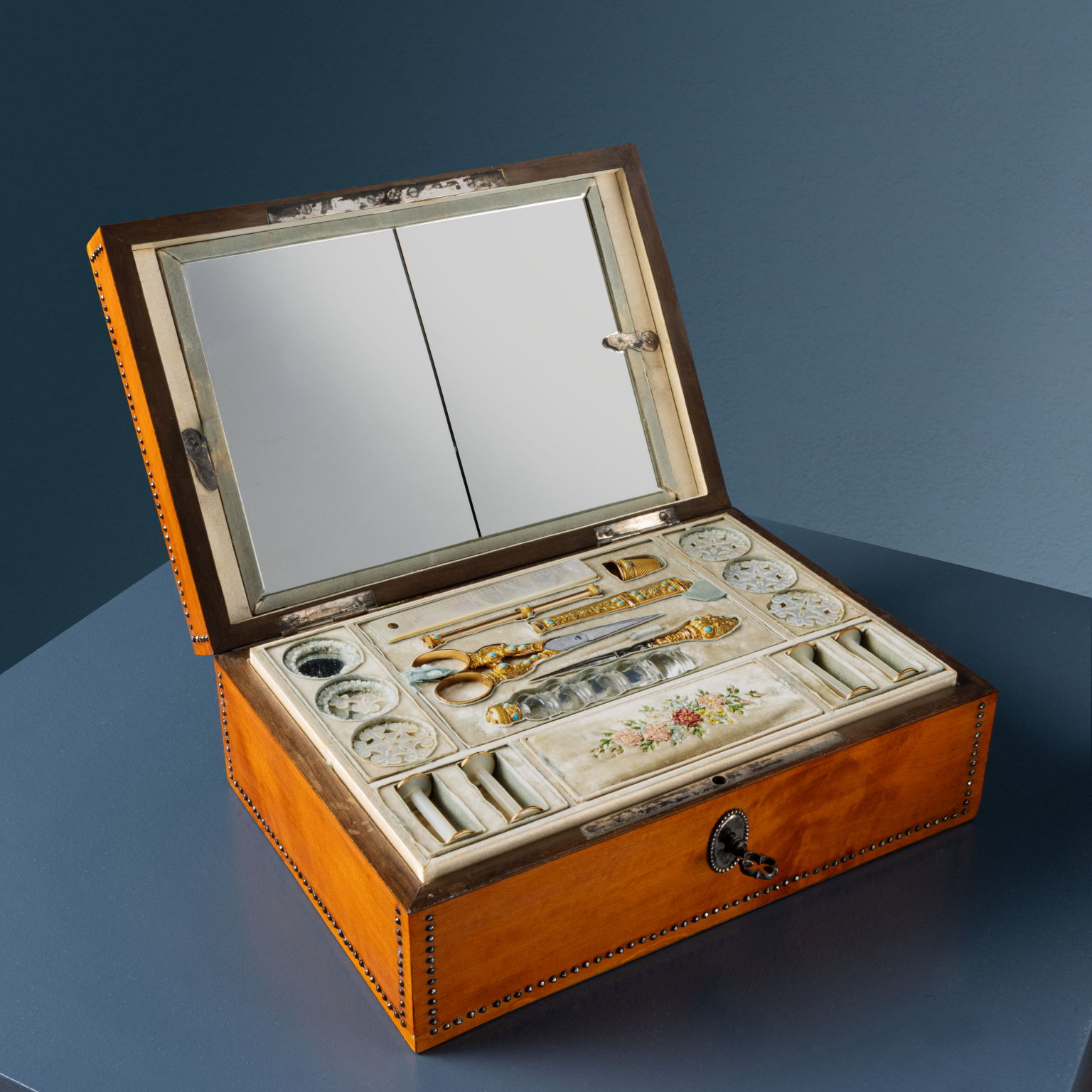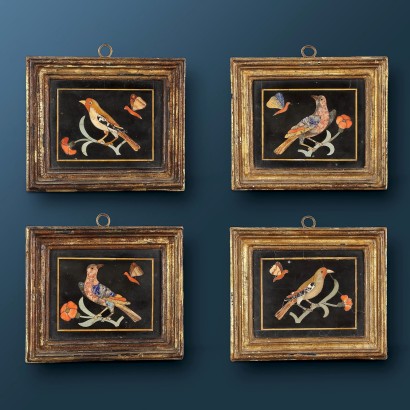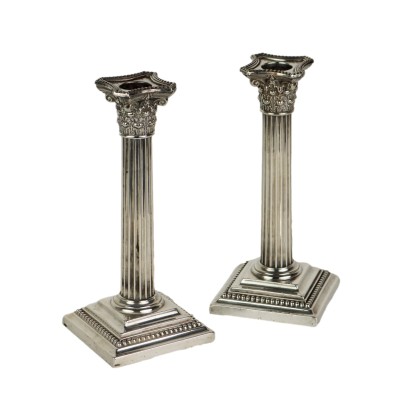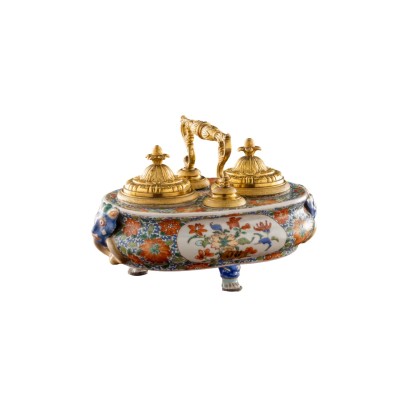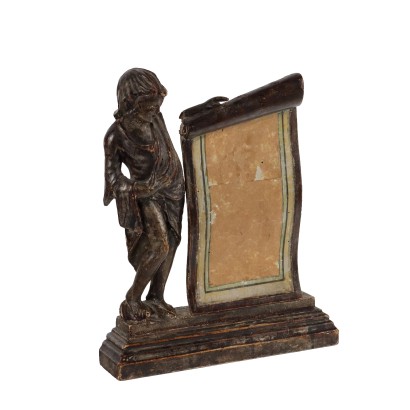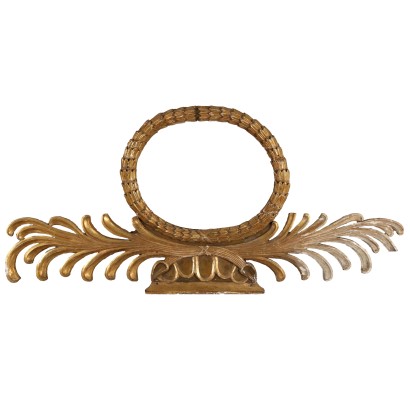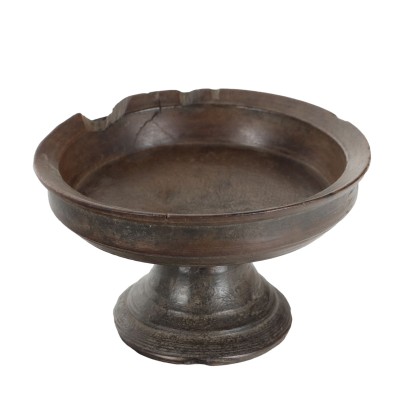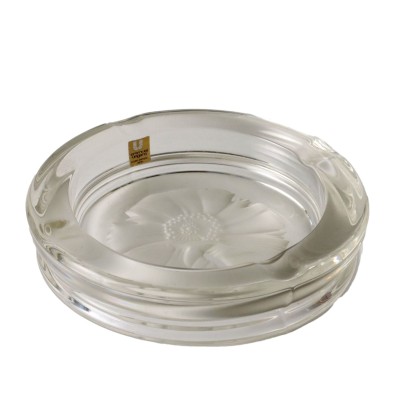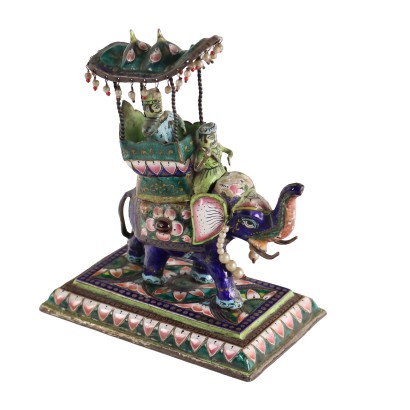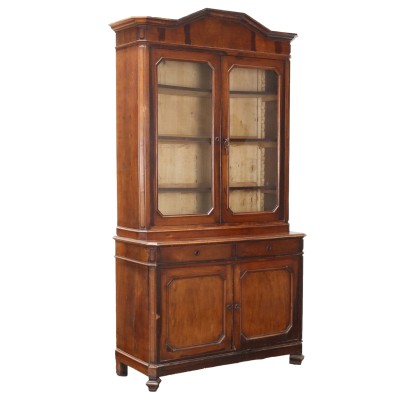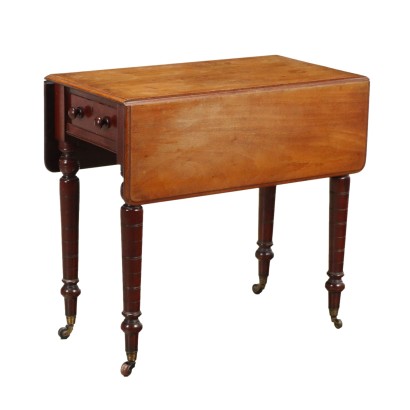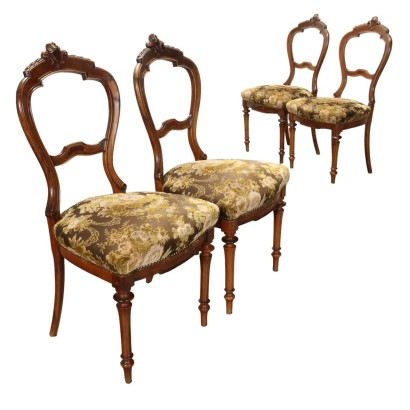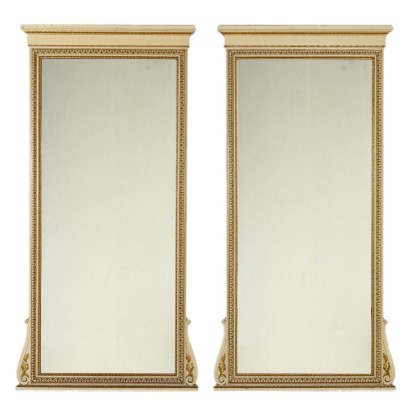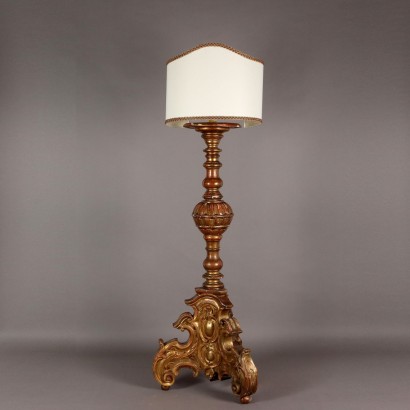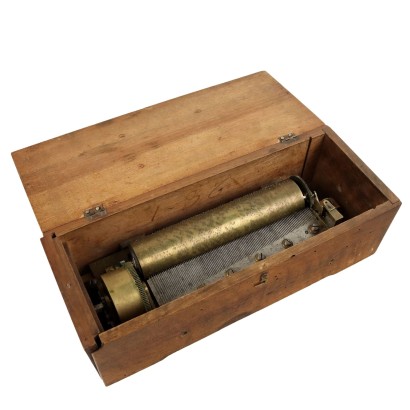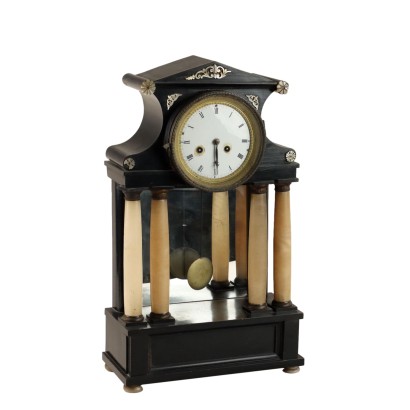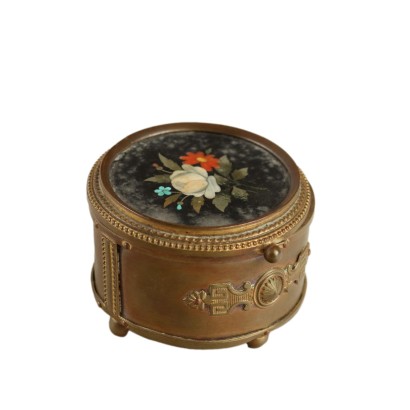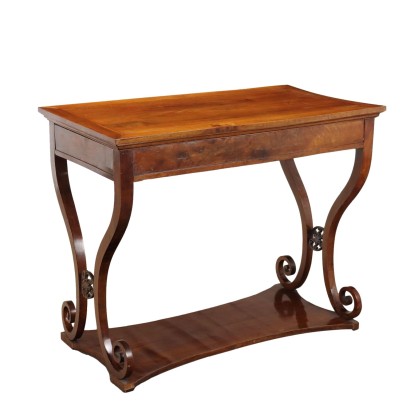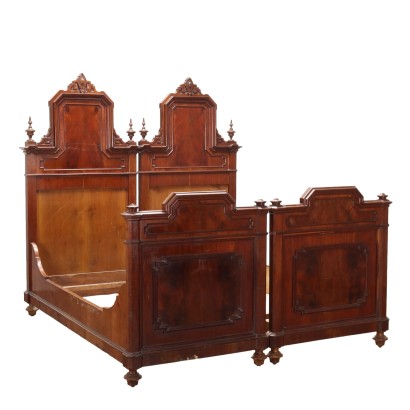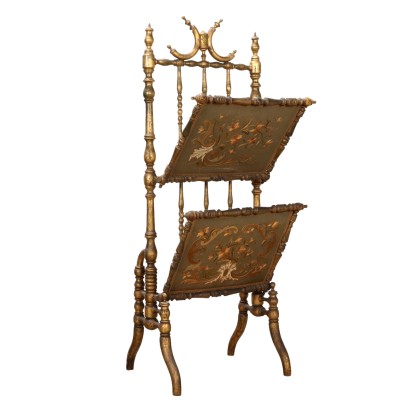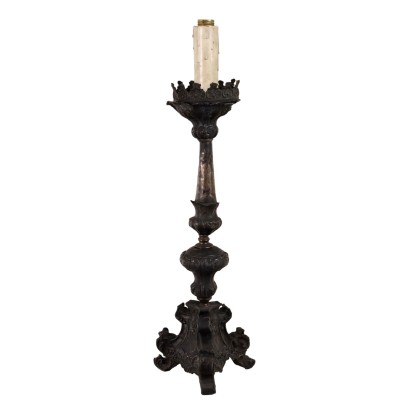Maison Maire travel kit - Paris 1825-1830 ca
Features
Paris 1825-1830 ca
Style: Charles X (1824-1830)
Age: 19th Century / 1801 - 1900
Origin: Parigi, France
Main essence: Satinwood
Material: Gold
Description
Travel kit from the Charles The mercury easel mirror, fixed inside the lid by two movable tabs, once removed reveals a folding case for storing paper documents and correspondence. The sewing kit, housed in a removable cabaret with various compartments, is composed of scissors, needle needle, thimble, sewing punch, pencil case, glass bottle with cap, foldable graduated ruler, four thread winders, four spools and a pincushion cushion, the latter embellished with an embroidered floral composition. The gold tools are adorned with phytomorphic motifs chiseled and punched with the "ram's head" hallmark. Lace loop needle and thread winder (originally set of six) missing. The original label of the production house "Rue St. Honoré, N°.154 MAIRE Ft. de Necessaires DU ROI" is preserved on the back of the mirror. Attached is an appraisal issued in 1980 by the Parisian gallery “La Galerie des Laques”.
Product Condition:
Product in good condition, has small signs of wear. We try to present the real state as fully as possible with photos. If some details are not clear from the photos, what is stated in the description applies.
Dimensions (cm):
Height: 9
Width: 24,5
Depth: 17
Additional Information
Notes historical bibliographic
The term 'nécessaires', from the French 'nécessaires de voyage', identifies a series of boxes, mainly made of wood, specially designed to contain tool kits of various kinds, 'necessary', precisely, to face long-term journeys. with the aim of satisfying the different needs of the traveller. Articles of great refinement and strictly personal use could contain, for example, toilet, writing, sewing and cutlery tools, made with more or less valuable materials depending on the manufacturer and the client. This type of artefact had great success and use during the eighteenth and nineteenth centuries, centuries characterized by the Grand Tour, explorations, transatlantic crossings and more generally by very uncomfortable and long journeys, far removed from the conditions to which we are accustomed today . The toiletry bag described here was made by MAIRE, a Maison based in Paris in “Rue St. Honoré, n°.154” owned by Pierre-Dominique Maire (1763-1827), one of the two main Parisian manufacturers of toiletries (l the other was Martin-Guillaume Biennais, Napoleon's silversmith) during the revolution and the first empire; he carried out commissioned work for the royals of Europe and for the most important dignitaries of the time. He himself defines himself as “Fabricant de Necessaires du Roi”, as reported on the label preserved on the back of the mirror. The quality of manufacturing reaches a very high level in this sewing kit, attested both by the materials used, above all gold and turquoise stone, and by the finesse and elegance of the chisel work. The gold parts bear the guarantee hallmark depicting a "ram's head", a mark introduced in France with the Law of 22 October 1817 and used until around 1835. for testing small objects. This kit is also accompanied by an appraisal from 1980, issued by the Parisian gallery "La Galerie des Laques", which, in addition to being further confirmation of the high quality of the object.Style: Charles X (1824-1830)
Referring to a very short period, the Charles X style denomination is nonetheless significant because it allows us to detect some specific elements of the taste of the time.nIt can be considered the last phase of the stylistic research of the Restoration, in which bourgeois requests and needs are welcomed, and opens up to a taste for the Gothic.
nCharacterized by wavy and wavy lines, which oppose the more squared ones of the Empire, it mainly uses light woods with darker threads and very few metal applications.
Age: 19th Century / 1801 - 1900
19th Century / 1801 - 1900Main essence: Satinwood
The name is common in France for citrus limonum , the fruit tree of the lemon. From this plant a light, solid and fragrant wood is obtained, used in the construction of furniture especially in England and France, where it was appreciated for its resistance.Material: Gold
Other customers have searched:
Se ti interessano gli oggetti d'arte e antichi Scopri qui tutte le presentazioni degli oggetti più belli, eleganti e preziosi su FineArt by Di Mano In Mano
Leggi di più
Sull'antiquariato in generale dai un'occhiata anche a:Classic Monday: da un pezzo dei nostri magazzini alla storia dell'antiquariato
L'antiquariato dalla A alla Z: il Dizionario dell'Antiquariato
Il dizionario dell'antiquariato - Lastronatura
Il dizionario dell'antiquariato - Mascherone
Il dizionario dell'antiquariato - Natura morta
Il dizionario dell'antiquariato - Opificio
Il dizionario dell'antiquariato - Pastiglia
Il dizionario dell'antiquariato - Savonarola
Il dizionario dell'antiquariato - Rosone
Product availability
The product can be seen at Cambiago
Immediate availability
Ready for delivery within 2 working days from ordering the product.

